Engaging Nutrition Students through Storytelling
Learn tips and tricks about how to engage students through storytelling

Published January 7, 2021
By Toni Burkhalter and Ryan Yoakum
As a history major, it was quite daunting for me to enroll in a human nutrition course as a general education class. Although I had previously performed well in my history and humanities courses, I had not taken any college STEM (Science Technology, Engineering, and Math) classes and I was worried I would not comprehend the course material. Despite these worries, I performed well in my nutrition class and was even offered a teaching assistant position to engage with the course material from an educator’s perspective. Based on my experience as a student and educator, I realized not only does human nutrition connect to history, but historical methods also may help students better understand human nutrition. The following are three ways using history in the nutrition classroom benefits students.
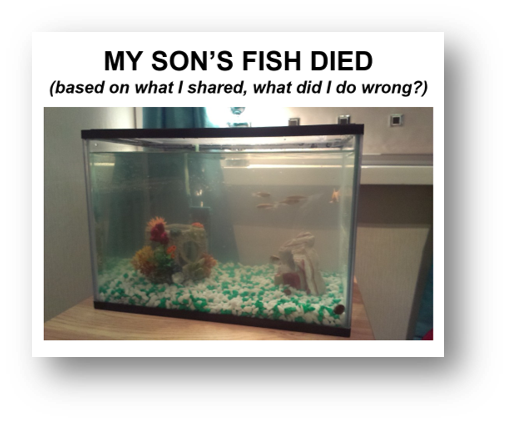
When it comes to teaching human nutrition in the classroom, employing historical examples enhances a student’s understanding of the material. This effectiveness stems from the same psychology used in personal anecdotes to help an individual memorize a particular point.1 In some sense, personal anecdotes are indeed a personal history. The storyteller recites a personal experience and interprets it to create an application relevant to the classroom. For example, my Nutrition professor once bought a pet fish for her son, only to find it die immediately. She then bought another fish, and the same thing happened. After a couple more tries, she soon realized her problem was not the fish nor the fish food she bought. The problem was that she placed them into deionized water, which caused the fish to swell due to the water rapidly entering their bodies via osmosis. She recounted this story when our class discussed the importance of water/electrolyte balance. While water/electrolyte balance may seem obscure to a student not as familiar with science, the personal anecdote invites such students to understand the concepts from a different perspective. The vivid imagery creates a mental image that makes it much easier for students to remember than simply memorizing the definition of such a concept.2 In this sense, personal anecdotes add to a better understanding of the course material for all students.
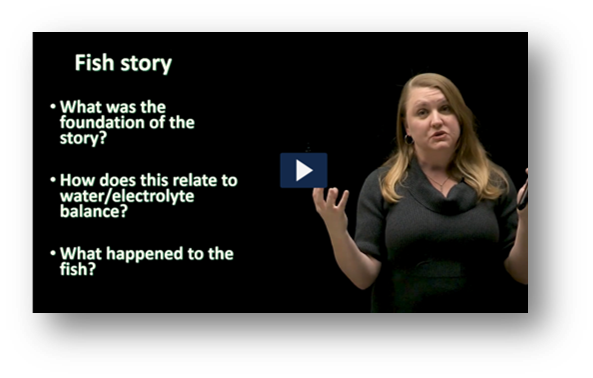
Similar to a personal anecdote, more general historical examples often revolve around a narrative and create an image students can associate with the theme or topic. As a result, students will recall material much better by connecting it to memory. Historical examples also leave room for analysis and interpretation, which allows for nutrition students to practice these other important skills for their field of study. Since nutrition relates to eating and drinking, something in which every human partakes, history contains a vast number of examples that demonstrate the relationship between food and health. Thus, the value of using history in the human nutrition classroom comes from its universal application.
The history of nutrition itself provides one of the strongest connections that link these two disciplines. While some argue that nutrition as a discipline began around the sixth century BCE, the scientific study of nutrition has only existed as early as around the eighteenth century.3 Regardless of the answer to this debate, history provides us insight into how human understanding of nutrition has evolved, how nutritional concerns change over time, and the ways nutrition has impacted the larger scale of history. There are also a variety of ways to incorporate history into the nutrition classroom. This includes exploring the discovery of a nutrient, discussing the emergence of a new method of approaching human nutrition or using a case study to show an individual or civilization whose history was impacted as a result of their diet. Therefore, the study of the history of nutrition links these two fields in a manner that enhances our understanding of both disciplines.
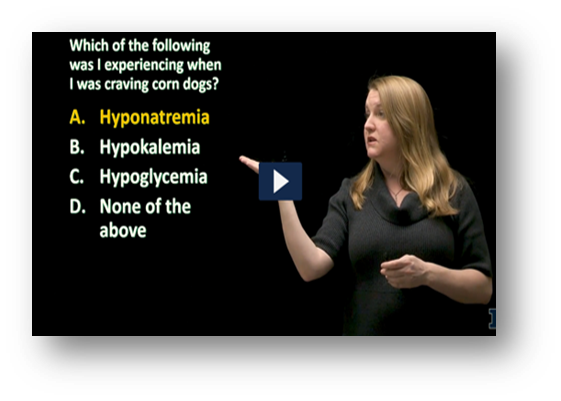
Historiography (the analysis of a historical event based on previous research on the subject) also builds a foundation for students’ future research in specific human nutrition topics. The origin of Vitamin C research exemplifies how historical understanding benefits contemporary human nutritionists. In the 18th century, sailors suffered from a disease known as scurvy that caused severe issues within their gums and in some cases led to their death.4 In 1547, Dr. James Lind decided to conduct an experiment to see if he could find a cure for this devastating disease. What Lind discovered was that those in his experiment who ate a lemon or lime healed the quickest and found their symptoms alleviated.5 By using this historic example, there are many important points essential for human nutritionists. First, the experiment Lind conducted was arguably the first proper model of scientific research in the field of human nutrition, marking new developments in human nutrition research. Additionally, it was through this case that humans began to understand the relationship between scurvy, fruits and vitamin C, which has dramatically reduced the number of cases of scurvy in the world.6 Historiography improves the nutrition student’s understanding of the deficiencies, benefits, and evolution of an understanding of specific nutrients that nutritionists continue to build upon to this day.
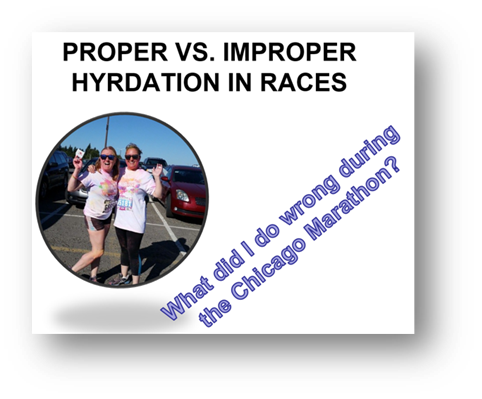
The strongest storytelling relies on the mutual use of personal anecdotes and more general historical examples. Both are effective, but have weaknesses when overused. History for many people can feel impersonal and easily lose an audience if the example requires too much context. Using personal anecdotes solves this because they create a connection between the educator’s personal life and the students’, allowing for more engagement and trust.
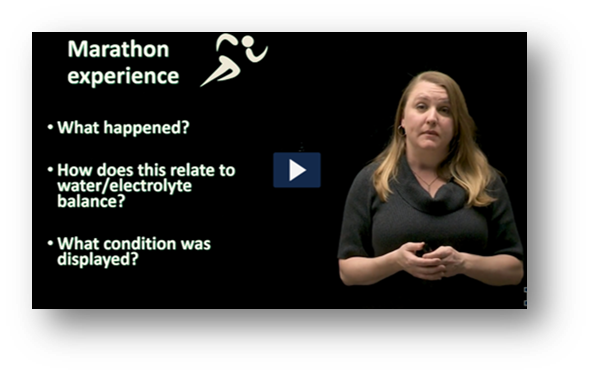
At the same time, personal anecdotes are also limited to the experiences of the individual. Meanwhile, history has a universal application that outreaches beyond personal anecdotes since it does not rely on a student to share or misunderstand such experiences of the educator. Ideally, an educator should apply both personal anecdotes and general historical examples into their lectures. Different terms and concepts thrive off of different tactics, so mastering both allows the educator to discern which approach is more useful for a particular term or concept.
Although history and nutrition may seem radically different from one another, their shared foundational skills and methods bridge the gap between the two disciplines and allow them to interact with each other. Since both subjects work to build an understanding of how to read and contextualize sources to apply in a broader context, this makes using history quite beneficial in cultivating the skills needed by human nutritionists.7 Furthermore, the effectiveness of using narratives for memorization and the role history plays in its universal application allows students of human nutrition to better understand and apply essentials of the discipline. Finally, through the application of historical methods, students of human nutrition can easily detect misinformation rapidly growing in the modern age. Despite the modern conception of human nutrition being more closely related to STEM fields, there is also a strong connection between human nutrition and the humanities. With both disciplines having the same foundations, this opens the door for students who may be dominant in one subject, but not the other to broaden their understanding of both nutrition and history. Thus, applying history to human nutrition benefits both human nutritionists in their understanding of their work as well as students who may have more experience in the arts and humanities.



